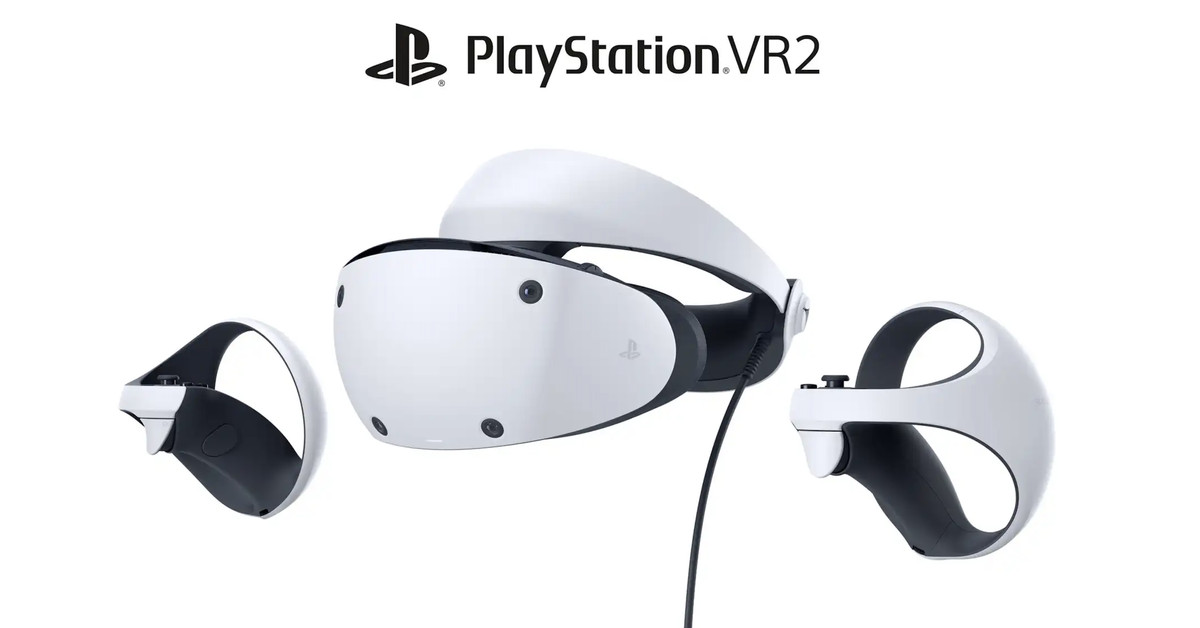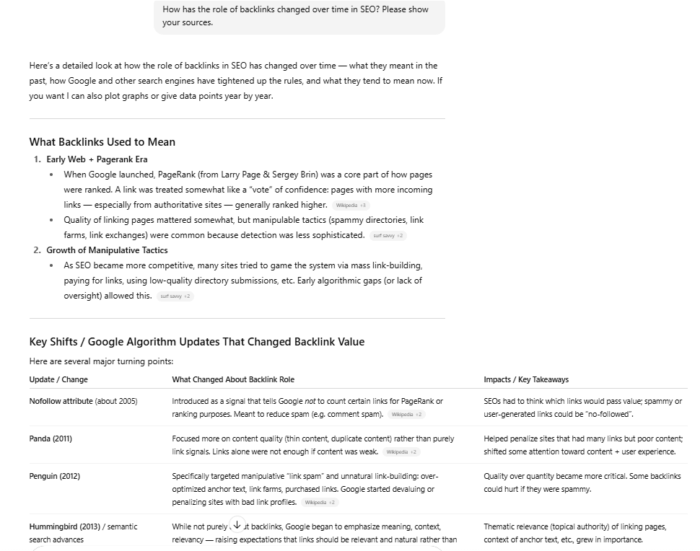MSI Aegis RS 12 review: Cheaper than building your own
MSI's Aegis RS 12 is easy to recommend with its powerful hardware and low price, despite some small issues.


MSI Aegis RS 12 review: Cheaper than building your own
MSRP $2,200.00
Pros
Cheaper than building yourself All MSI components Dense, bright RGB lighting Excellent gaming and processor performance Fantastic connectivity and expansion optionsCons
Poor cable management Twist ties used for some cables Case isn't the bestGiven the prices of graphics cards right now, you have to buy a prebuilt desktop to get into PC gaming at a reasonable price. You’ll usually spend a little more than hunting down the parts on your own, but much less than in the past. And MSI’s Aegis RS 12 makes an even more a compelling argument to go prebuilt, with a price lower than the cost of parting out the machine yourself.
It’s among the best gaming desktops, with a design that allows you to upgrade down the line and a price that’s too good to ignore — it can be had for as low as $2,000. Unlike similar PCs you find from Asus and HP, MSI didn’t skimp on the extras, either. Things like a fully modular power supply and DDR5 memory are standard.
For the price, it’s tough to beat the MSI Aegis RS 12. However, a few small oversights in the build and some small issues with the case illustrate what spending extra can get you.
Design
 Jacob Roach / Digital Trends
Jacob Roach / Digital TrendsIn terms of looks, the Aegis RS 12 is a showstopper. There’s nothing too special about the machine when it’s powered off, but the first drip of RGB shows you why MSI is known for superb lighting. The machine looks great when it’s all lit up, and there’s even a dedicated LED button to change up the lighting if you can’t bother with software.
The lighting is so pronounced because MSI includes a lot of fans in the Aegis RS 12 — six in total, split across the front, top, and back. This is overkill for fans, and they were a bit loud during testing. But they look great. They’re MSI’s own fans that come with frosted blades, allowing the RGB to evenly shine through.
Enough with the unicorn vomit, though. The case itself isn’t too impressive, matching a similar size and form factor as any mid-tower ATX case you could find. The only addition is an angular front panel with an MSI badge in the center, and it goes beyond looks.
 Jacob Roach / Digital Trends
Jacob Roach / Digital TrendsIn a tempered glass mid-tower like the NZXT H510i, airflow is a problem. That’s not the case with the Aegis RS 12. The unique front panel is almost entirely open, allowing air to spill into the case. MSI even includes a dust filter upfront, so cleaning is easy down the line.
I prefer a stubbier case design like the one on the Origin Neuron, but the Aegis RS 12 is still great. It’s a basic mid-tower with some much-needed improvements, and when it comes to lighting, there’s nothing better.
Specs and internals
The MSI Aegis RS 12 uses all standard components. In fact, short of the memory and case, you could build an exact match yourself. MSI makes everything from graphics cards to power supplies, and the Aegis RS is packed with first-party hardware.
| CPU | Intel Core i7-12700KF |
| GPU | MSI GeForce RTX 3070 Ventus 2X LHR |
| Motherboard | MSI Z690 Pro-A Wi-Fi |
| Case | MSI Aegis RS mid-tower |
| Memory | 32GB MSI branded DDR5-4800 |
| Storage | MSI M370 2TB |
| Power supply | MSI MAG 650GF |
| USB ports | 6x USB 3.2 Gen 1, 4x USB 2.0, 1x USB 3.2 Gen 2, 1x USB-C 3.2 Gen 2×2 |
| Networking | 2.5 Gigabit Ethernet, Wi-Fi 6E |
I don’t have an exact price, but a similar configuration to my review unit (see above chart) should cost around $2,200 based on MSI’s current offerings. This is one of the cheaper options available. You can jump down to an RTX 3060 Ti to save about $200, but you should expect to pay at least $2,000. At the top end, you can spend as much as $4,600 for a Core i9-12900K and an RTX 3090.
The price is great. I configured an Origin Neuron and Maingear Vybe with identical specs, and they came out around $3,000. I also put together a custom build using the exact same hardware MSI is offering — minus the case and RAM — and it came out $300 more expensive. Even the HP Omen 45L is about $300 more expensive, and that machine doesn’t come with DDR5.
For the price, the specs are great, and MSI has several configurations available. The Aegis RS 12 comes with six RGB case fans, too, which can cost quite a bit on their own.
As mentioned, six fans is overkill, and the fans caused a couple of problems during testing. For starters, they’re loud. Even at idle, the Aegis RS 12 emits a subtle hum from the fans. The upside is that the machine doesn’t get nearly as loud under load. Pick your poison.
 Jacob Roach / Digital Trends
Jacob Roach / Digital TrendsThe bigger issue is the front dust filter. It’s plastic, and it sits on top of the three intake fans. There’s a small gap between the filter and the fans, and it created a subtle buzz that would cycle in and out as the machine was running. It was horrendously annoying, so much so that I folded up a piece of paper and stuffed it in between to keep the dust filter from moving.
Inside the PC, there’s a mix of good and bad. The case is remarkably clean in the main chamber, with only a few minor cable runs breaking up the flow. That’s because there’s a mess around back. The cables are all tied down with the built-in velcro ties, but they’re all haphazardly pushed together.
It’s not the worst — read our Asus ROG GA35DX review for that — but you’d have to undo the whole arrangement to get at a single cable. That includes simply adding a hard drive, which shouldn’t require doing cable management all over again.
There was one major issue. When inspecting the cables, I found a tiny piece of a twist tie stuck on the back of the CPU cooling bracket. Twist ties shouldn’t be in any professionally built PC, and they certainly shouldn’t be anywhere near a motherboard. The PC still posted after I removed the twist tie, but there’s a world where it slips inside and shorts the motherboard.
Upgradability
The Aegis RS 12 doesn’t go to the lengths the HP Omen 45L does to encourage upgradability, but it doesn’t include proprietary components like the Alienware Aurora. You can swap out anything you want in the Aegis RS, or even strip it down to just the case.
 Jacob Roach / Digital Trends
Jacob Roach / Digital TrendsThe case is mostly the same as last-gen’s model, though with a slight update to the front panel. It’s a mid-tower that MSI packs with four 120mm fans (three in the front, one in the back) and a 240mm AIO liquid cooler. You can swap in 140mm fans in the front or top, which is a luxury that few prebuilts afford.
There’s only one minor issue with the case — it doesn’t include captive thumbscrews. MSI went back to redesign the front of the chassis, and I would have liked to see captive thumbscrews to make the upgrade experience easier. Better access to cables would have helped, too. There aren’t extra SATA cables pulled out for the hard drive bay, for example.
Still, those issues are minor. MSI includes all of the extra cables for the modular power supply in the box, and the machine comes with a GPU support bracket, so you can slap in a beefy graphics card down the line without worrying about sag. There are also spots for two 2.5-inch and two 3.5-inch drives, so storage shouldn’t be a problem.
Connectivity
 Jacob Roach / Digital Trends
Jacob Roach / Digital TrendsI couldn’t ask for more ports on the Aegis RS 12. It’s sublime. On the front, you have dual USB 3.0 and a single USB-C connection, and around back, there’s a bevy of additional USB ports — six USB 3.2 Gen 1, four USB 2.0, a single USB 3.2 Gen 2, and a USB 3.2 Gen 2×2 through a USB-C connection.
Basically, you have everything you need plus a little extra. I love having a USB-C connection on the front panel for external SSDs like the Samsung T5, and the ample selection on the back leaves plenty of room for peripherals.
The MSI Z690 Pro motherboard is great otherwise, too. This is the Wi-Fi model, so it supports Wi-Fi 6E and Bluetooth 5.2, but I prefer the Ethernet jack. This motherboard comes with a 2.5 Gigabit port, allowing you to get speeds above the standard Gigabit connection if you have fast enough internet.
Processor performance
 Jacob Roach / Digital Trends
Jacob Roach / Digital TrendsMy configuration of the Aegis RS 12 came with a Core i7-12700KF, which is just a step below Intel’s flagship Core i9-12900K. This isn’t a flagship processor, but it offers flagship performance. It destroys the Core i9-10900K in the Aegis RS 10 and goes toe-to-toe with the Ryzen 9 5900X inside the Asus ROG GA35DX.
| MSI Aegis RS 12 | MSI Aegis RS 10 (Core i9-10900K) | Asus ROG GA35DX (Ryzen 9 5900X) | |
| Cinebench R23 multi-core | 20,445 | 15,643 | 21,907 |
| Cinebench R23 single-core | 1,890 | 1,305 | 1,611 |
| Geekbench 5 multi-core | 15,362 | 10,467 | 12,695 |
| Geekbench 5 single-core | 1,886 | 1,306 | 1,692 |
| PugetBench for Premiere Pro | 920 | 780 | 1,115 |
| Blender (Average in seconds, lower is better) | 78 seconds | N/A | 53 seconds |
Geekbench and Cinebench tell the same story from different perspectives. The single-core strength of Intel’s 12th-gen chips shines through, beating out both the Core i9-10900K and Ryzen 9 5900X. What’s shocking is how much the Core i7-12700KF can do compared to the Ryzen 9 5900X.
Both of these chips come with 12 cores, but only eight of those cores are performance-focused on the Core i7-12700KF. Still, it managed to outshine the 12-core Ryzen 9 5900X in Geekbench and get remarkably close in Cinebench. The flagship Core i9-12900K is about 15% faster, but the Core i7-12700KF is still an excellent productivity and content creation processor.
This midrange Aegis RS 12 configuration is excellent.
Blender and PugetBench are a little more even, though both benchmarks factor in the beefier GPUs inside the MSI Aegis RS 10 and Asus ROG GA35DX (an RTX 3080 and RTX 3090, respectively). The RTX 3070 inside my Aegis RS 12 configuration isn’t as powerful, but it’s still close.
If you’re solely a creative worker, a higher-end configuration is better. For the hobbyist who wants to game and stream, edit video for YouTube, or dip into 3D modeling, this midrange Aegis RS 12 configuration is excellent.
Gaming performance
 Jacob Roach / Digital Trends
Jacob Roach / Digital TrendsThe Nvidia GeForce RTX 3070 is a sweet-spot graphics card, and the Aegis RS 12 shows why. Although all GPUs are expensive right now (thanks a lot, GPU shortage), the RTX 3070 still hits a great value mark. It’s more than enough for 1440p, with just enough juice to make 4K possible, especially with upscaling in the mix.
I tested from 1080p to 4K, but the results below are for 1440p with the highest graphics preset. The other machines, the HP Omen 30L and my custom PC with RX 6700 XT, were both rocking a Core i9-10900K.
| MSI Aegis RS 12 | HP Omen 30L (RTX 3070 Ti) | Custom PC (RX 6700 XT) | |
| Red Dead Redemption 2 | 78 fps | N/A | 69 fps |
| 3DMark Fire Strike | 28,511 | 26,516 | 26,830 |
| 3DMark Time Spy | 13,545 | 13,893 | 11,726 |
| Fortnite | 106 fps | 122 fps | 97 fps |
| Control non-RT | 71 fps | N/A | 64 fps |
| Control RT | 43 fps | N/A | 29 fps |
| Assassin’s Creed Valhalla | 76 fps | 68 fps | 76 fps |
Stacked up against the slightly more powerful RTX 3070 Ti in the HP Omen 30L, the MSI Aegis RS 12 holds its own. It was faster in Fire Strike and within a few points in Time Spy, and it destroyed in Assassin’s Creed Valhalla. This is the newer Core i7-12700KF at work, which can boost your frame rate in open-world games like Valhalla.
The Ti model is still more powerful, offering extra performance in Fortnite. Compared to AMD’s competing RX 6700 XT, the RTX 3070 looks like a monster. Across the board, the RTX 3070 wipes the floor with rivals. The only game where the RX 6700 XT got close was Assassin’s Creed Valhalla, which tends to favor AMD hardware.
You can go for a higher configuration, but you don’t need to.
For ray tracing, I took the Aegis RS 12 out in Control. Like we’ve seen time and again, Nvidia’s most recent cards are better equipped to handle ray tracing than AMD’s. In a title like Control, that’s especially true thanks to Deep Learning Super Sampling (DLSS). Turning on the upscaling mode brought the 43 frames-per-second (fps) average up to 84 fps, and that was with the Balanced preset.
Your performance with the Aegis RS 12 will depend on the hardware that’s inside, but I like this configuration a lot. The RTX 3070 is a great graphics card, and the Core i7-12700KF can outclass flagships from previous generations. You can go higher, but you don’t need to, especially if you’re playing at 1440p.
Software
 MSI
MSIThe Aegis RS 12 is light on bloatware, but it’s still present. In addition to a few Microsoft apps, the Aegis RS comes with MSI Center and Norton Security. I like Norton more than McAfee, but I’m still not a fan of having an ad on a PC that costs several thousand dollars.
Norton is a fine antivirus, but having it approve my downloads and constantly insist that I pay for a subscription was annoying at best. It was easy enough to remove, though, unlike McAfee, and Norton hasn’t been caught up in a scandal of selling personal data like Avast/AVG.
MSI Center is a treat. By default, it allows you to monitor system vitals, access support, tweak the lighting, and update your drivers with a single click. What I like most about MSI Center is that it’s modular. You can download other modules if you want them, building out the center for exactly what you need.
MSI Center is the cream of the crop.
This is a great solution, solving the problems of the bloated Omen Hub on HP machines and the bare-bones MyAsus app on Asus machines. There’s an automatic game optimizer like you find in Razer Cortex, a network analyzer, and even an A.I. image sorting module — and they’re all optional.
MSI Center is the cream of the crop when it comes to all-in-one apps like it. Now if only MSI could add an Afterburner module.
Our take
The MSI Aegis RS 12 is a gaming desktop that doesn’t compromise, and it still manages to hit a price below the competition. It doesn’t restrict you to DDR4 like the HP Omen 45L, nor does it use no-name parts from unknown vendors. MSI even went with a fully modular power supply and a motherboard that supports Wi-Fi, and a lot of vendors don’t.
If I was configuring a PC with the same CPU and GPU, this is exactly how I’d do it.
There are some problems, particularly with the build quality. The spare twist tie sent me into a frenzy, and the cable management in the back was a hassle to get undone. The case isn’t great, either, though I would rather MSI sacrifice here than with the components.
A little more attention to detail would go a long way, but the MSI Aegis RS 12 is still in the top tier of prebuilt gaming PCs.
Are there any alternatives?
Yes. You can configure a nearly identical machine from a wide range of vendors, though most are more expensive:
~$2,500 HP Omen 30L — The closest competitor to the Aegis RS 12, but lacks DDR5 support. Includes a much nicer toolless case, though. ~$3,000 Origin Neuron — Free of bloatware and packed with extras for gamers, though comes at a hefty premium. ~$2,200 Asus ROG GA35DX — A similarly priced AMD alternative with a Ryzen 7 5800X, but the build quality is worse and the case isn’t as flexible with upgrades.How long will it last?
This configuration should last the next five to seven years without issues, especially with Nvidia’s DLSS upscaling tech available. The Aegis RS 12 uses standard components, so you can continue upgrading it until it’s the Ship of Theseus.
Should you buy it?
Yes. In this rare case, MSI is offering a prebuilt PC that’s cheaper than building it yourself — and that’s with identical hardware.

 Aliver
Aliver 

































